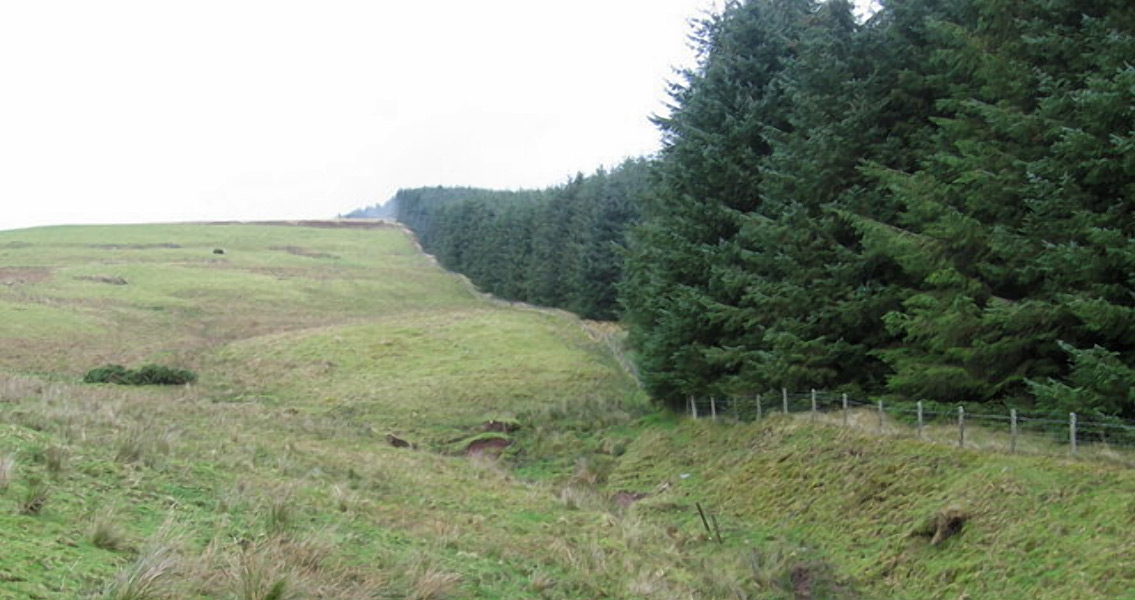<![CDATA[Archaeologists with the University of Glasgow have uncovered evidence of human activity in Scotland dating back to 10,000 years ago. The dig site at Wellhill, near the town of Dunning, has exposed traces of activities which include the earliest farming ever recorded in Scotland, as well as evidence of hunter-gathering groups dating back even further. During the excavation of several large pits, researchers uncovered barely distinguishable plough marks which have been dated back to between 3,800 and 3,000 BCE, and were likely made by a hand-held tool known as an ard – a scratch plow which didn’t turn the soil over. Neolithic pottery from almost 6,000 years ago was also found; 197 shards from these pots were discovered in close proximity to the plough marks. Additionally, a fragment from a polished stone axe and other artifacts were unearthed, including Arran pitchstone and flakes of flint. The Wellhill ring-ditch monument, which is visible on aerial photographs as a cropmark, was discovered in 2000, and is comprised of a line of large, roundish pits (five at a minimum) that covers a distance of 30 meters. One of the pits has a maximum diameter of 5 meters, while the others are around 3 meters wide. The finds were made by a team from the University working as part of the Strathearn Environs and Royal Forteviot (SERF) project. Dr. Kenneth Brophy with the University of Glasgow told Scottish newspaper The Courier, “Evidence for ploughing and fields in Neolithic Britain is incredibly rare and so the excavation of the ard marks at Wellhill is a very significant discovery that suggests a farming economy had taken hold in this location only a few generations after farming began in Britain around 4000BC. This is an amazing insight into the lives of Scotland’s first farmers.” Additional radiocarbon dating of the pit sites shows that they may actually date back even further, into the eighth millennium BCE, meaning they’re providing evidence of the very first Mesolithic events in the lowlands of Kinross and Perth. Dr. Rebecca Jones, with Historic Environment Scotland, is quoted in The Courier as saying, “These are very significant discoveries for archaeology in Scotland and even further afield, which is thanks mainly to the endeavors of the principle excavator, Dr. Dene Wright, who recognized the potential of these astonishingly early settlements, which were then confirmed via radiocarbon dating.” Historic Environment Scotland is a public body that was established to investigate, preserve and promote Scotland’s historic monuments and structures. They are responsible for approximately 300 historically significant properties, including Edinburgh Castle. In total, these sites receive over 3 million visitors annually. The organization is also responsible for a variety of collections, including over 5 million drawings, manuscripts, and photographs, in addition to 20 million aerial images of sites around the world. The SERF project has received an archaeology grant from Historic Environment Scotland to complete excavation, geophysical surveys, reporting and archival research. ]]>
Archaeologists Find Evidence of Scotland’s Earliest Farmers
